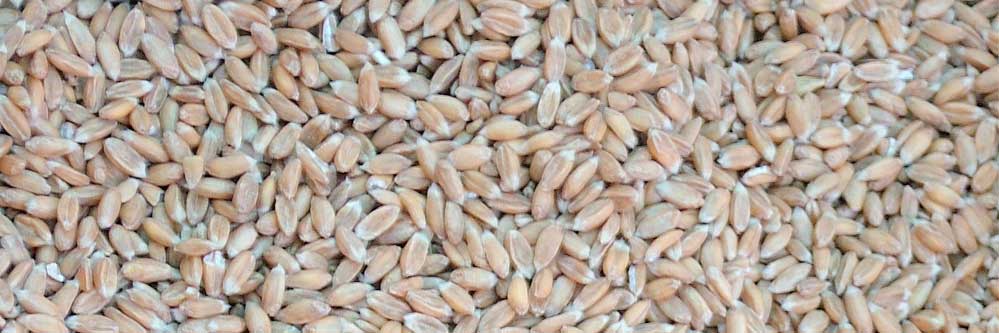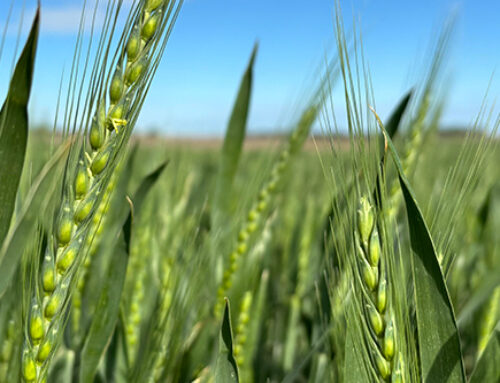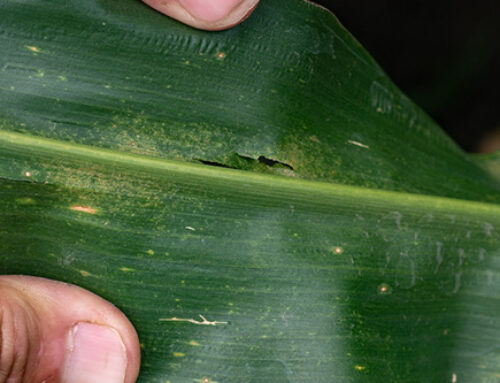Winter wheat planting time is rapidly approaching. Now is the time to evaluate your seed supply for its quality. Having seed cleaned to eliminate the light test weight kernels is a good idea. If the germination rate is low (less than 90%) you may want to use a seed treatment to increase the survivability rate of the seedlings.
There are several reasons to consider the use of a seed treatment on your wheat:
- Control seed-borne smuts and bunts.
- Improve stand establishment by controlling seed rots and seedling blights.
- Suppress root rots.
- Control fall-season foliar diseases like powdery mildew, leaf rust and Stagnospora nodorum leaf blotch.
- If the seed treatment contains an insecticide, it can control wireworms and fall-season aphids.
A seed treatment is definitely worth the investment if your seed has scab or black point disease. These diseases lower the vigor of the seedling plants and can reduce the stand. A seed treatment really shines when the seeding conditions are less than ideal.
There are several products on the market that can be applied at the farm. Other treatments require a seed conditioning plant from a seed supplier. Most seed treatments contain one to three fungicides from different chemical families. Each class of chemicals target specific diseases. So having a treatment with a couple chemicals in it will broaden the number of diseases that the seed is protected against.
To help decide if you need one and which seed treatment is the best for you, feel free to contact your Crop Quest Agronomist.
Written by: Jim Gleason, St. John, KS
Featured Image by: Ziko, Wikimedia Commons





